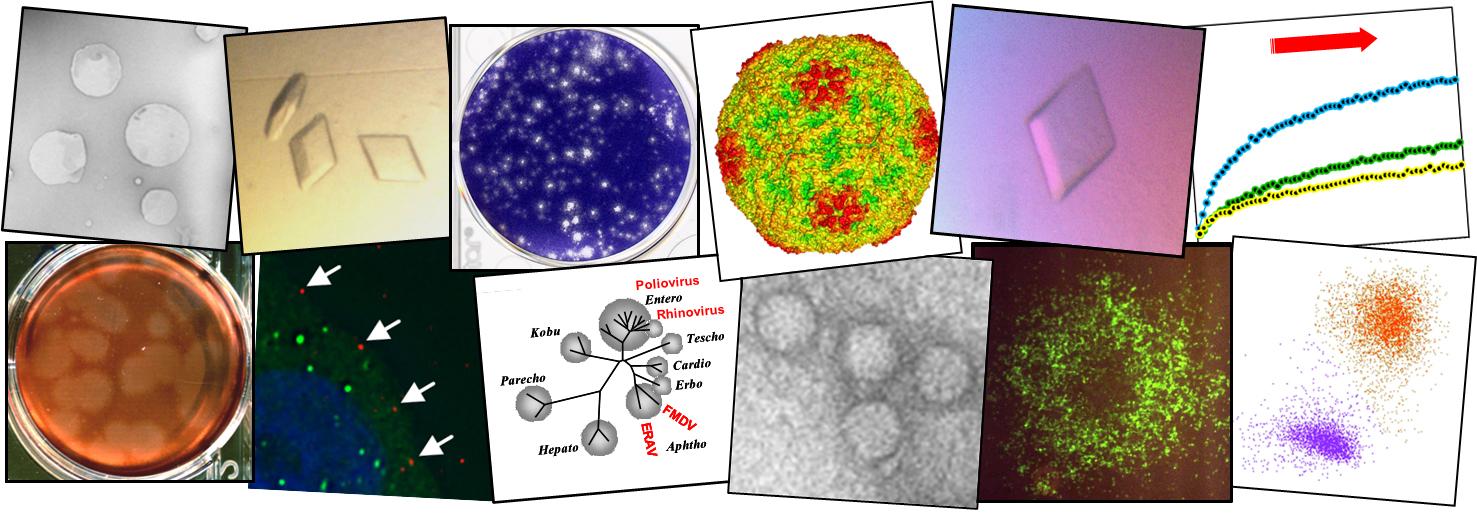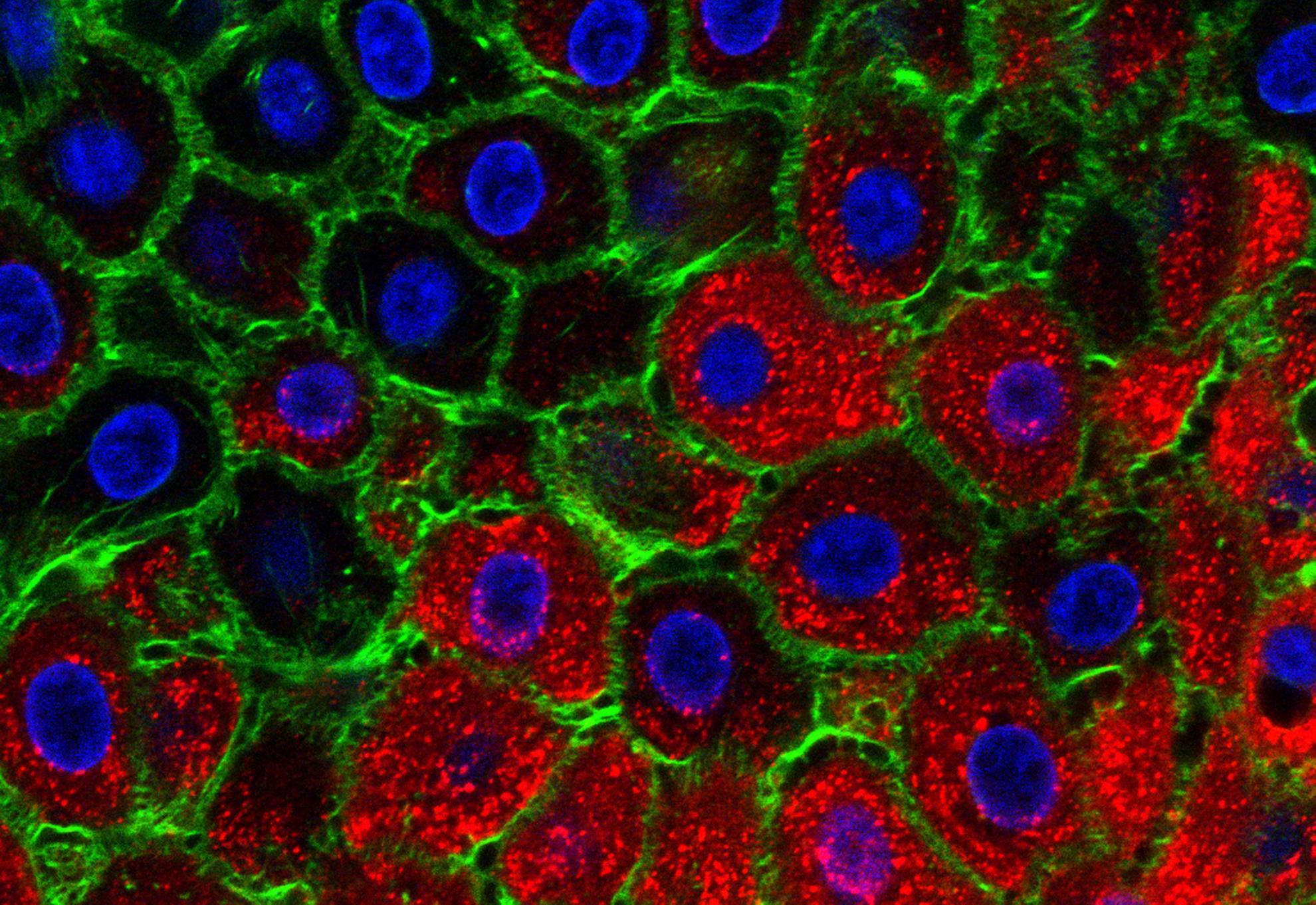Foot-and-Mouth Disease Vaccines by Design; Production of Capsid-Modified Foot-and-Mouth Disease Viruses with Improved Cell Culture Growth
Background/objectives: Vaccination is important for controlling foot-and-mouth disease (FMD) in endemic regions and to lessen the effects of outbreaks in FMD-free countries. The adaptation of FMD virus to BHK cells is a necessary but time-consuming and costly step in vaccine production and can prove problematic for some isolates. Adaptation is, in part, driven by receptor availability and selects variants with altered receptor specificity that result from amino acid substitutions in the capsid proteins.
Methods: To bypass the need for cell culture adaptation, we generated chimeric viruses with field-strain capsids and introduced amino acid substitutions associated with cell culture adaptation. We targeted two sites on the capsid: the canonical heparan sulphate binding site and the icosahedral 5-fold symmetry axes.
Results: Our results show that some viruses with unmodified wild-type (wt) capsids grew well in BHK cells (suspension and adherent), whereas others showed poor growth. For viruses that showed good growth, the introduction of amino acid changes associated with cell culture adaptation improved the rate of growth but not virus titres or yields of 146S particles, whereas growth and 146S yields for viruses that grew poorly in BHK cells were greatly enhanced by some of the amino acid changes. For the latter viruses, the introduced changes did not appear to adversely affect virion stability or antigenicity.
Conclusions: For FMD viruses that grow poorly in BHK cells, this approach could be a viable alternative to protracted adaptation by serial passage and could expedite the production of a new vaccine strain from a field virus.

